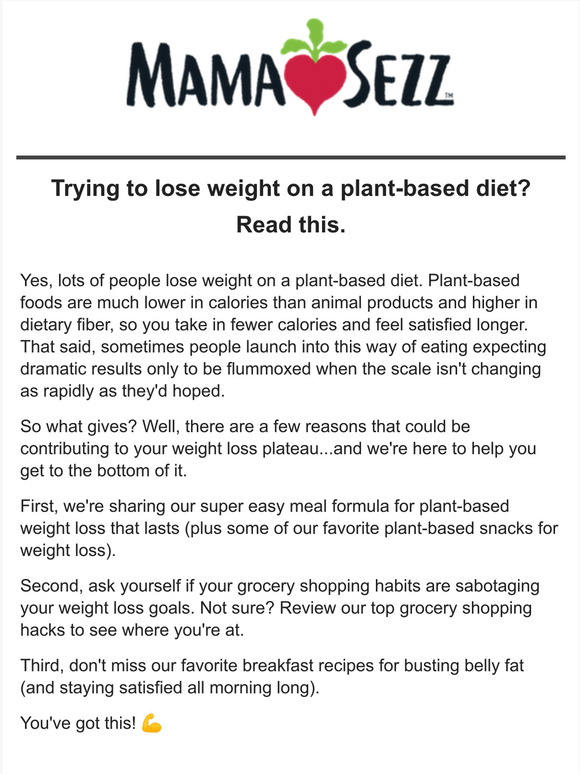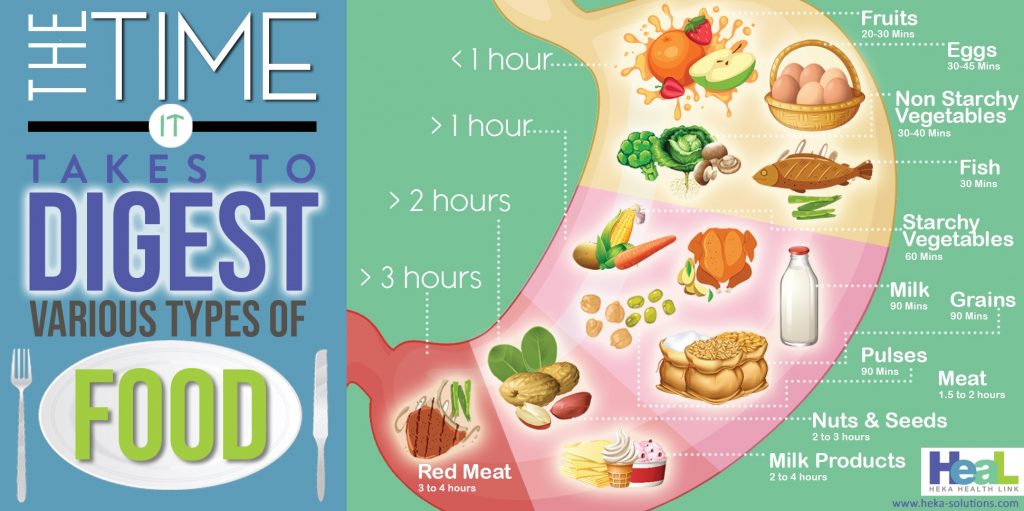
A recent study looked at how much calories a person burns while lifting weights. The results showed that those who did more bench presses at lower weights than others burned twice as many calories. This is good news for you, because weightlifting can burn more calories than cardio, which is a good thing. This article will provide you with tips on how to maximize your workout.
Muscle burns calories
You are not the only one who is curious about lifting weights and how it can burn calories. Studies have shown that lifting weights reduces calories. One hour of lifting weights can produce approximately 500 calories. There are many factors that affect how many calories you consume, such as your body weight and muscle strength. For an example, one calorie refers to the energy needed to raise 1 gram water one degree Celsius.
Weight lifting helps your body to heal, in addition to burning calories. You can build muscles and resist hunger. It helps you to burn fat since weights can strain your hormone system. A good amount of protein is approximately one gram per pound. You can also choose soy products as a substitute for meat if vegetarian. Your diet should contain carbohydrates, in addition to protein. Whole grain bread and whole grain rice are excellent options. Vegetables provide another source of carbs. Adding carbohydrates to your diet will also help you to stop hunger. Besides carbohydrates, you should also include healthy fats in your diet. Omega-3 fatty acids and Omega-6 fats are crucial.

Exercises that combine two or more of these activities burn more calories
Current Sports Medicine Reports revealed that those who exercise resistance have a higher rate of resting metabolism than those who exercise only one-joint. These exercises not only burn more calories, but also build muscle and provide other benefits such as better body composition and overall wellness. These exercises should be included in your workout program as a priority. Learn more about them here!
Compound exercises involve more than one muscle group at the same time. Because multiple muscles are working together, compound exercises are more efficient. For example, a barbell can work the quadriceps and a leg extension the quadriceps. Because your entire body is performing the compound exercise simultaneously, it burns more calories than isolation movements. Because fat is distributed evenly throughout the body rather than being concentrated in one area, compound exercise burns more calories then isolation movements.
Lifting weights is easier with carbohydrate sources
It is important to get the right amount of carbohydrates if you intend to lift weights. You will feel more energetic and be able to work out harder. You should also ensure that you get enough protein and complex carbohydrate in your diet. For example, a large glass of chocolate milk contains about 16 grams of protein and 26 to 50 grams of carbohydrate.
A low glycemic index is a good choice for optimal results. They provide energy for sustained periods without increasing blood sugar. They also contain plenty of fiber and should be paired with lean protein and healthy fats. Low glycemic index carbohydrates are the best fuel for lifting weights because they burn more quickly than high-calorie ones.

Cardiovascular exercise burns more calories that exercise
Weight training and cardio are two different things. Cardio improves fitness and helps you stay fit, while lifting weights burns more calories. This is a benefit that can be attributed to the fact that it has a greater effect on your body composition. It will keep you active and stop you from sitting on the steps at work. Cardio also helps you burn more calories during your workout. A 155-pound person will burn an average of 112 calories during a thirty-minute cardio session, whereas a 155-pound individual will burn 372 calories doing the same amount of exercise while performing stationary cycling. SoulCycle members sweat through their clothes every class.
While both types of exercise can burn calories, weightlifting takes more recovery than cardio. For 30 minutes of weight-lifting, your body will burn approximately two to three time as many calories as jogging. Jogging only burns about 100 calories. Lifting weights also builds muscle. Muscle burns more calories that other tissues, so your metabolism will increase if you lift weights.
FAQ
What Can You Lose in One Week?
Your current bodyfat percentage determines the amount of weight you will be able to lose. You need to determine how much weight loss you are looking for. Your BMI tells us how much weight you should lose in order to achieve this goal. If your BMI is 25 or greater, you're overweight. If your BMI reads 30 or more, you are likely obese.
If you are 200 lbs, your BMI will be 28.7. To get to a healthy weight range, you'd need 70 pounds of weight loss. To see if you're overweight, visit www.healthyminds.com/bmi/.
Once you know your BMI, you can use this formula to figure out how many pounds you'll lose per week:
(Your Goal Weight - Current Weight)/BMI * 7 Number Of Pounds Lost Per Week
To lose 50lbs in a month you will need 2 weeks worth of exercise. This equals 56 days. Then, divide that by 7 pound per day. That works out to 8.3 pounds lost per week.
You could also try this calculator from www.weightlosscalculator.net. This calculator gives you an estimate of how many calories are needed to lose 1 pound per day.
What foods should I consume during an intermittent fast to lose weight
To lose weight, the best thing to do is cut back on carbs. This means that you should cut out carbohydrate-based foods like bread, pasta and rice.
You'll also want to avoid eating too much protein because it keeps you full longer. So you won’t feel hungry nearly as often.
Instead, choose foods rich in healthy fats. These foods help keep you satisfied for hours after eating them.
It is important to drink enough water. Water is important for your body's ability to stay hydrated and helps you burn more fat.
Sometimes you may feel compelled to eat these foods even if you're not fasting. You don't have to cave to your cravings. If you do that, you may gain more weight then you lose.
In order to prevent eating too much, limit the amount you eat during the day. If you feel hungry, drink water and not reach for another snack.
This may seem counterintuitive. However, it's been shown to help you slim down. One study published in Obesity showed that plain water was more nutritious than sugary drinks.
Additionally, plain water can help reduce hunger pangs. You can lose weight by avoiding sweetened drinks and sticking to water.
It doesn't take much to lose weight. Instead, focus on making small changes to your lifestyle.
For example, you can start by swapping your usual breakfast sandwich for a bowl of oatmeal. Alternately, you can swap your afternoon cookie with a piece de fruit.
These simple changes will help you shed weight quickly and without spending a lot of time in the kitchen.
What is the difference between intermittent fasting or calorie restriction?
Calorie restriction refers to eating less than what your body requires. Intermittent fasting is different because it doesn't involve restricting calories. Instead, Intermittent Fasting is about eating fewer calories per day.
Intermittent fasting works better because it allows for you to enjoy your favorite foods without feeling guilty.
Each method has its pros and cons. Decide which one you prefer.
What can I drink during intermittent fasting in the morning?
You should try drinking water first thing in the morning. This helps you feel fuller quicker and gives you energy for the rest of your day. If you want to add flavor, try adding lemon juice or cucumber slices.
Statistics
- Another study found that 24 weeks of weight training led to a 9% increase in metabolic rate among men, which equated to burning approximately 140 more calories per day. (healthline.com)
- One 6-month study showed that simply doing 11 minutes of strength-based exercises 3 times per week resulted in a 7.4% increase in metabolic rate, on average. (healthline.com)
- A 12-week study in 20 women with obesity found that walking for 50–70 minutes 3 times per week reduced body fat and waist circumference by an average of 1.5% and 1.1 inches (2.8 cm), respectively (healthline.com)
- According to a study sponsored by the American Council on Exercise, a person weighing around 140 pounds (64 kg) would burn 108 calories at a 30-minute beginner's Pilates class or 168 calories at an advanced class of the same duration (26). (healthline.com)
External Links
How To
How to Intermittent Fasting
Intermittent eating is a way to lose weight that you only have one day of the week. It's usually Monday through Thursday. This is a way to cut down on calories while still getting enough nutrition. This helps you lose fat more quickly than if it were your normal meals for the entire week.
The most common form of IF involves restricting calories only on certain days of the week. This means that you would skip breakfast every morning and then consume whatever food you want during the rest of the day. You could choose to eat three small meals per day rather than two big ones.
There are many different forms of intermittent fasting, including alternate day fasting, 5/2 fasts, 8/4 fasts, 16/8 fasts, etc. There are pros as well as cons to each form of intermittent fasting. Alternate day fasting is the easiest way to start out because you don't have to make any major changes to your lifestyle. However, not everyone can stick to a rigid schedule. They might prefer to experiment with other methods.
If you are interested in starting an intermittent fasting regime, I recommend beginning with alternate-dayfasting. This will allow to slowly transition to more extreme fasting regimens without drastically changing your lifestyle.